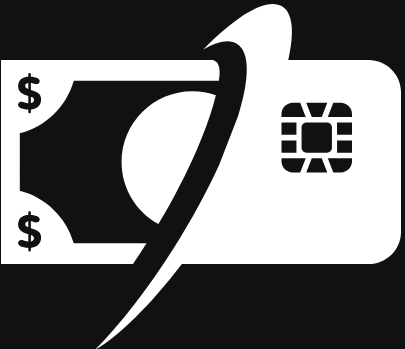Cash flow management is vital to the health and longevity of any small business. Even if your business is profitable, poor cash flow management can lead to financial challenges. This guide will walk you through key strategies for managing your cash flow, ensuring you have the liquidity needed to grow and thrive.
Why Cash Flow Management is Essential
Managing cash flow is about more than just profitability. It ensures that your business has enough money to meet short-term obligations, such as paying suppliers, employees, and covering unexpected expenses. A business can be profitable but still face cash flow issues if money isn’t properly managed. Solid cash flow management helps businesses stay on track financially and seize growth opportunities.
What is Cash Flow?
Cash flow refers to the movement of money into and out of your business over a given period. Positive cash flow means you have more money coming in than going out, while negative cash flow indicates a deficit. It’s important to differentiate cash flow from profit, as they are not the same. Profit is your revenue minus expenses, but cash flow shows the actual movement of cash, which can be influenced by things like delayed payments or inventory issues.
Effective Strategies for Managing Cash Flow
1. Create a Cash Flow Budget
A cash flow budget helps you plan for expected cash inflows and outflows, helping you identify potential shortfalls before they occur. Regular updates to your budget ensure you can make informed decisions on where to allocate resources and when to make adjustments.
2. Use a 13-Week Cash Forecast
Short-term cash forecasting is critical to staying adaptable. A 13-week cash forecast helps you track your weekly cash flow needs and anticipate challenges. With this tool, you can stay ahead of potential cash shortages and adjust your spending as necessary.
3. Accelerate Receivables
Speeding up the collection of receivables is one of the most effective ways to improve cash flow. Set clear payment terms, invoice promptly, and follow up regularly on overdue payments. Consider offering incentives, such as early payment discounts, to encourage quicker settlements.
4. Manage Payables Strategically
Managing when and how you pay your bills is a key element in cash flow optimization. Negotiate extended payment terms with your suppliers and carefully time your payments to maintain cash while ensuring good supplier relationships.
5. Control Inventory Levels
Excessive inventory ties up cash and reduces liquidity. Adopting efficient inventory management practices, like just-in-time ordering or regular stock audits, helps ensure you have the right amount of inventory without overextending your financial resources.
6. Reduce Overhead Costs
Regularly reviewing your expenses helps identify opportunities to reduce overhead costs without affecting your operations. You might consider renegotiating contracts, cutting down on utility usage, or outsourcing functions to help streamline costs.
What to Do With Excess Cash?
If your business experiences consistent positive cash flow, the next step is deciding how to best use the surplus. Making strategic decisions about excess cash can significantly impact your long-term growth. Whether reinvesting in your business or saving for future opportunities, how you use this cash is critical to sustaining success.
When to Seek Professional Help
As your business grows, managing cash flow internally can become more complex. This is when seeking professional assistance can be valuable. Fractional controller services allow small businesses to access expert financial management without the cost of hiring a full-time professional. These experts can help improve your budgeting, forecasting, and financial reporting.
Tools for Cash Flow Management
In today’s digital age, there are several tools and software available to simplify cash flow management. These tools can provide real-time insights into your business’s financial health, automate invoicing, and assist in forecasting, making it easier to stay on top of your cash flow.
Regularly Review and Adjust
Cash flow management requires constant attention. Set aside time monthly or quarterly to review your cash flow and adjust strategies as needed. Regular reviews help ensure your forecasts are accurate and allow you to spot trends or emerging issues before they become significant problems.
Common Cash Flow Mistakes to Avoid
- Neglecting receivables management: Uncollected invoices can drain your liquidity quickly.
- Overestimating sales projections: Unrealistic sales expectations can result in cash shortages when sales don’t meet forecasts.
- Not keeping sufficient cash reserves: Lack of reserves can cause significant disruptions when unexpected expenses arise.
- Ignoring expense tracking: Uncontrolled spending can severely damage your cash flow.
Take Control of Your Cash Flow
Effective cash flow management is the foundation of a healthy, successful business. By regularly monitoring, forecasting, and adjusting your cash flow strategy, you can ensure financial stability and set the stage for long-term growth.


